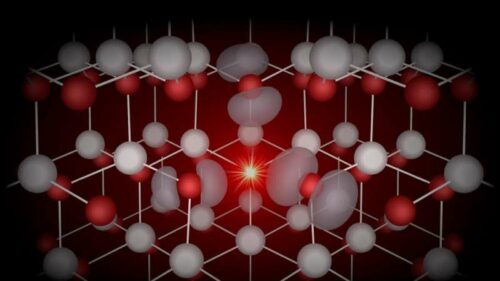Computational model predicts the properties of semiconductor material that can be used for quantum applications.
Researchers at North Carolina State University have used computational analysis to understand how optical properties of semiconductor material zinc selenide (ZnSe) change when doped with halogen elements. They learn that the method used, could speed the process of identifying and creating materials useful in quantum applications.

“Defects are unavoidable, even in ‘pure’ materials,” says Doug Irving, University Faculty Scholar and professor of materials science and engineering at NC State. “We want to interface with those spaces via doping to change certain properties of a material. But figuring out which elements to use in doping is time and labor intensive. If we could use a computer model to predict these outcomes it would allow material engineers to focus on elements with the best potential.”
In the principle study, researchers used computational analysis to predict the outcome of using halogen elements chlorine and fluorine as ZnSe dopants. The reason behind using these elements is that halogen doped ZnSe has been extensively studied but the underlying defect chemistries are not well established.
The model analyzed all possible combinations of chlorine and fluorine at defect sites and correctly predicted outcomes like electronic and optical properties, ionization energy and light emission from the doped ZnSe. “By looking at the electronic and optical properties of defects in a known material, we were able to establish that this approach can be used in a predictive way,” Irving says. “So we can use it to search for defects and interactions that might be interesting.”
“Beyond revisiting a semiconductor like ZnSe for potential use in quantum applications, the broader implications of this work are the most exciting parts,” Irving says. “This is a foundational piece that moves us toward larger goals: using predictive technology to efficiently identify defects and the fundamental understanding of these materials that results from using this technology.”
Reference: Yifeng Wu et al, Defect Chemistry of Halogen Dopants in ZnSe, The Journal of Physical Chemistry Letters (2022).
DOI: 10.1021/acs.jpclett.2c01976








